What is a Solar PV Battery and How Does It Work for Home Energy Solutions
As the demand for renewable energy solutions continues to rise, homeowners are increasingly looking towards innovative technologies that can optimize energy consumption and storage. One critical component in this landscape is the solar PV battery, a device designed to store excess energy generated by solar panels for later use. According to Dr. Emily Carter, a leading expert in renewable energy systems, “Investing in a solar PV battery is not just about harnessing the sun’s power; it’s about creating a sustainable future where homes can be self-sufficient and resilient.”

The functionality of a solar PV battery allows households to store energy during peak sunlight hours, thereby reducing reliance on the grid and maximizing energy savings. By integrating a solar PV battery into home energy solutions, families can effectively manage their energy use, ensuring that they have access to power even during outages or low-sunlight conditions. As we anticipate the advancements that 2025 may bring, understanding the working principles and benefits of solar PV batteries is crucial for homeowners aiming to enhance their energy independence and contribute to a greener planet.
With the ongoing evolution of energy storage technologies, it is essential to keep an eye on the top players in the solar PV battery industry. Industry leaders are continuously developing more efficient and cost-effective solutions, and choosing the right system can significantly impact a home’s energy strategy. In the following sections, we will explore the "2025 Top 5" solar PV batteries that stand out for their innovation and reliability, paving the way for a sustainable energy future.
Understanding Solar PV Batteries: Definition and Functionality
A solar PV battery is an essential component of modern home energy solutions, designed to store energy generated by solar panels for later use. These batteries serve to ensure that homeowners can harness solar energy even when the sun isn’t shining, providing a reliable source of power. According to a report by the International Energy Agency (IEA), the global market for solar battery storage is expected to grow significantly, with projections indicating a rise from 10 GWh in 2021 to over 100 GWh by 2025. This rapid increase underscores the growing reliance on renewable energy sources and the need for efficient storage systems to maximize energy utilization.
The functionality of solar PV batteries revolves around their ability to store excess electricity produced during the day, which can then be used during peak demand periods or at night. Lithium-ion batteries are currently the most popular technology due to their high efficiency and durability. Industry data from BloombergNEF suggest that lithium-ion battery prices have dropped by nearly 90% since 2010, making solar PV systems more accessible to homeowners. These advancements not only enhance energy independence but also contribute to a reduction in electricity bills, aligning with wider goals for sustainability and carbon reduction in residential energy consumption.
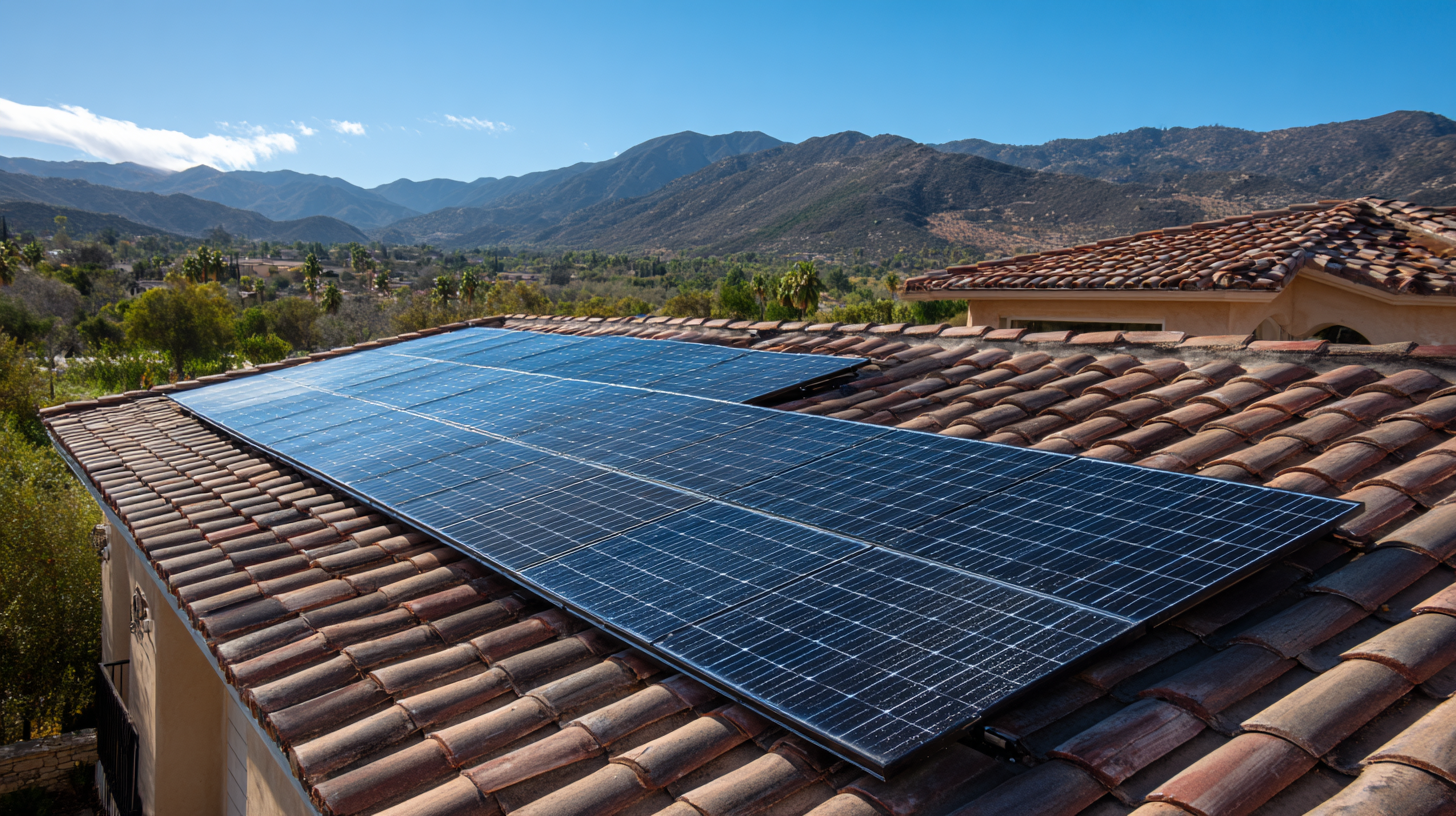
Key Components of Solar PV Batteries for Home Energy Systems
Solar PV batteries are essential for optimizing home energy solutions, enabling homeowners to store surplus energy generated from solar panels for later use. As the global lithium-ion battery energy storage market is projected to grow from $32.37 billion in 2025 to an impressive $113.64 billion by 2032, it is evident that the demand for efficient energy storage systems is rising. These batteries allow homeowners to effectively manage their energy consumption, ensuring that they can utilize clean energy even during non-sunny hours.
Key components of solar PV batteries for home energy systems include the battery type, installation method, and capacity. Currently, the solar energy storage battery market exhibits a compound annual growth rate (CAGR) of 22.4%, driven by advancements in battery technology and increasing adoption of renewable energy sources. Different battery types—such as lead acid, lithium-ion, and flow batteries—offer various advantages depending on specific energy needs and budget constraints. With federal incentives for home battery installations now in effect, finding the right system tailored to individual circumstances is more accessible than ever for homeowners looking to enhance their solar investment.
Benefits of Integrating Solar PV Batteries into Residential Energy Solutions
Integrating solar PV batteries into residential energy solutions offers numerous benefits that enhance both efficiency and sustainability. One primary advantage is energy independence. By storing excess energy generated during sunny days, homeowners can rely less on the grid, particularly during peak usage times or power outages. This not only helps in reducing electricity bills but also provides a sense of security against fluctuating energy prices and supply disruptions.
Moreover, solar PV batteries facilitate the optimal use of renewable energy. They allow homeowners to take full advantage of their solar energy systems by storing surplus energy for use when sunlight is insufficient, such as at night or during cloudy weather. This improves the overall system efficiency, ensuring that renewable energy is used to its maximum potential rather than being wasted. In addition, the incorporation of solar batteries contributes to a lower carbon footprint, as it promotes the use of clean energy sources and reduces reliance on fossil fuels.
Solar PV Battery Storage Capacity by Year
This chart illustrates the increasing storage capacity of solar PV batteries from 2018 to 2023, showcasing the growing integration of solar energy solutions in residential settings.
Factors to Consider When Choosing a Solar PV Battery
When selecting a solar PV battery for home energy solutions, several key factors must be considered to ensure optimal performance and efficiency. Firstly, the capacity of the battery is crucial. It determines how much energy can be stored and whether it can meet the household's energy demands during periods of low solar production, such as at night or on cloudy days. Homeowners should calculate their daily energy usage to choose a battery with sufficient capacity that aligns with their energy needs.
Another important factor is the depth of discharge (DoD). This metric indicates how much of the battery's total capacity can be used without damaging it. A higher DoD allows for greater utilization of stored energy, making it essential for homeowners to understand how often they may need to rely on their battery. Additionally, the battery's lifespan, warranty, and efficiency ratings should be evaluated, as longer-lasting and efficient batteries may offer better long-term savings and reliability. By carefully considering these factors, homeowners can make informed choices to enhance their solar energy systems.
What is a Solar PV Battery and How Does It Work for Home Energy Solutions - Factors to Consider When Choosing a Solar PV Battery
| Feature | Details |
|---|---|
| Battery Type | Lithium-ion, Lead-acid, Saltwater |
| Storage Capacity | 5 kWh to 20 kWh or more |
| Depth of Discharge (DoD) | 80% - 100% |
| Cycle Life | 2,000 to 10,000 cycles |
| Warranty Period | 5 to 15 years |
| Charge/Discharge Rate | 0.5C to 1C |
| Efficiency | 90% - 95% |
| Installation Options | Wall-mounted, Floor-mounted |
Future Trends in Solar PV Battery Technology for Home Use
The future of solar PV battery technology for home use is poised for significant advancements, driven by the increasing demand for renewable energy solutions and advancements in energy storage. According to a report from the International Energy Agency (IEA), the cumulative global installed capacity of battery energy storage systems is expected to surpass 300 GWh by 2025, dramatically improving the efficiency and reliability of solar energy systems in residential settings.
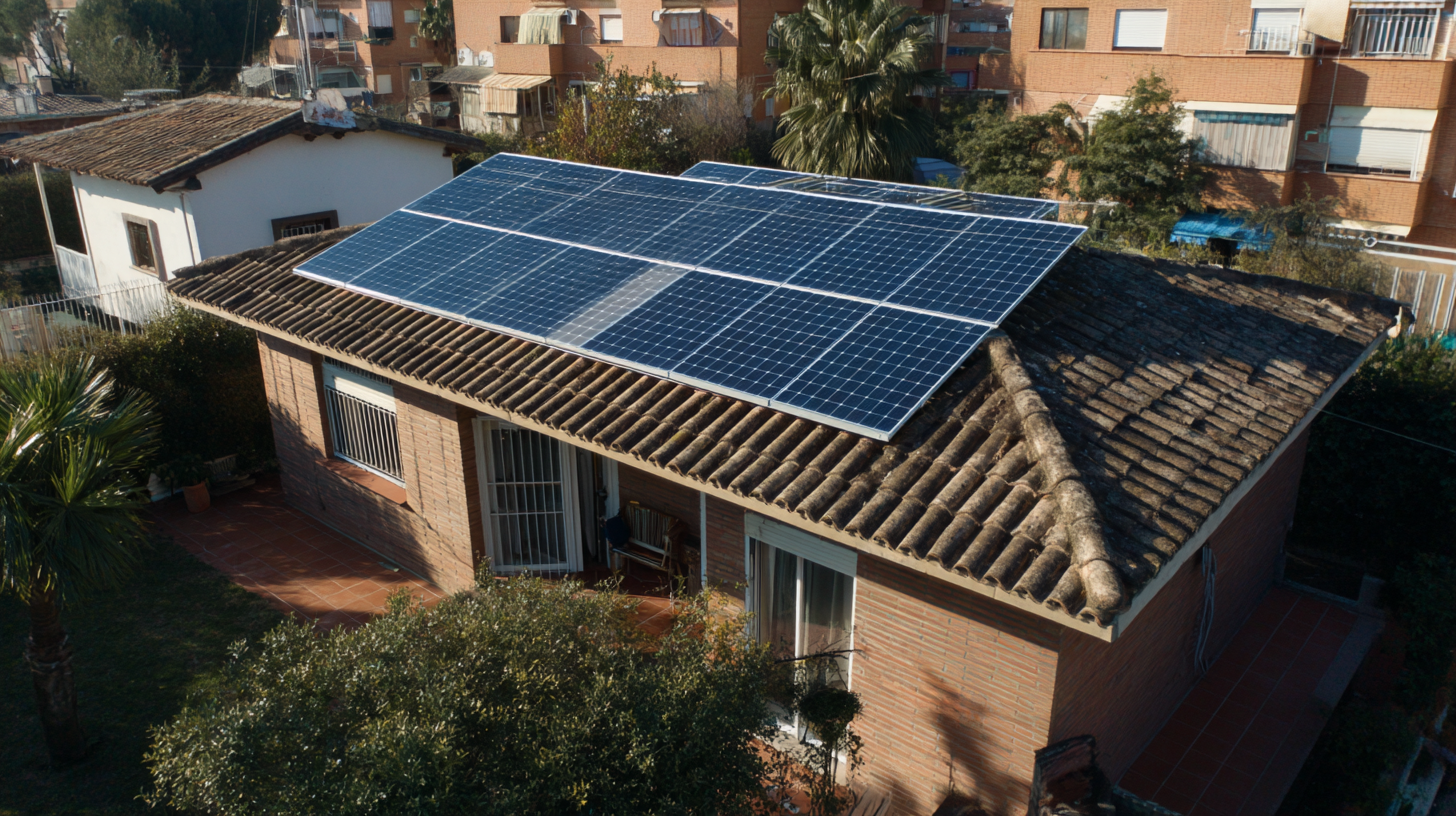
Innovations in battery chemistry, particularly the development of lithium iron phosphate (LiFePO4) and solid-state batteries, are paving the way for longer-lasting and safer home storage options. A study from Wood Mackenzie indicates that the cost of solar batteries is projected to decrease by 40% over the next five years, making them more accessible to homeowners. This price drop, coupled with improvements in charging and discharging cycles, is likely to enhance the attractiveness of solar PV batteries, enabling households to optimize their energy consumption and reduce reliance on grid electricity.
Moreover, smart battery technologies are becoming increasingly integrated with home energy management systems. These advancements allow for better monitoring and control of energy usage, providing homeowners with actionable insights into their energy consumption habits. As reported by BloombergNEF, the demand for home battery storage is expected to rise significantly, projecting a market growth that could reach $23 billion by 2026. This aligns with a broader trend toward decentralization of energy systems, empowering consumers to play a crucial role in the transition to sustainable energy.
Related Posts
-

Ultimate Guide to Solar PV Battery Comparisons for Global Procurement Insights
-
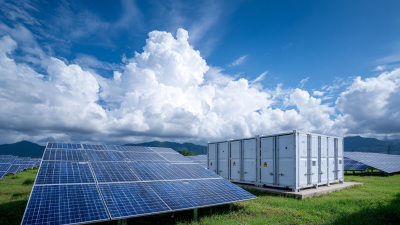
The Ultimate Guide to Choosing the Right Solar PV Battery for Your Home
-
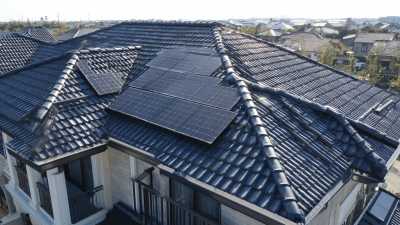
15 Top Reasons to Choose Best Solar PV Roof Tiles for Sustainable Energy Solutions
-

Revolutionizing Energy Efficiency with Photovoltaic Roof Tiles and Their Impact on Future Sustainability
-
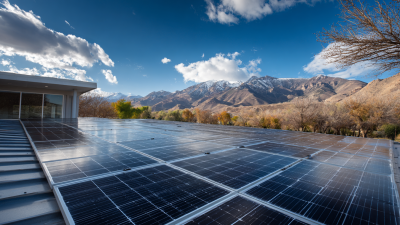
Harnessing Solar Power Tiles for Sustainable Home Design Solutions
-
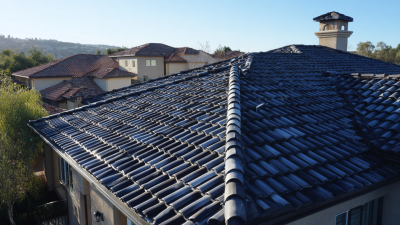
Top Strategies for Maximizing Efficiency with Best Solar Panel Roof Tiles